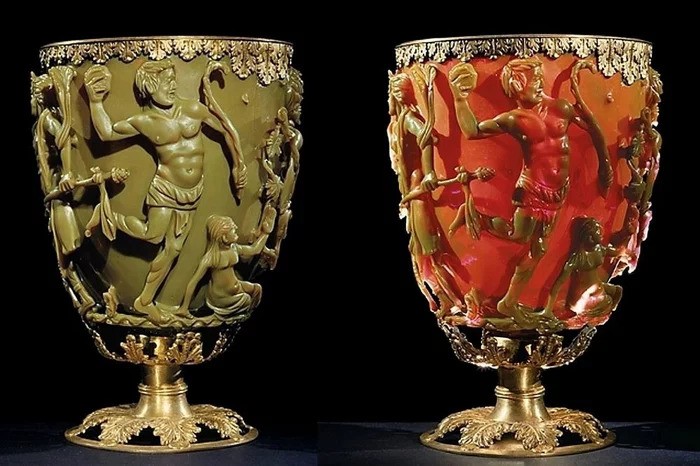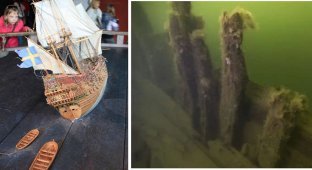10 "Most" Historical Artifacts: The Best of Their Kind (13 Photos)
Mankind has always sought to preserve its history and leave at least part of it to their descendants. Therefore, any ancient find is very strongly excites the minds and hearts of both ordinary people and scientists.
Swedish warship Vasa. It sank in 1628 the time of his first voyage and was raised from the bottom of the sea after 333 years almost completely intact. Today it is the best preserved 17th century ship 
The 430,000-year-old skull is the earliest known human remains with direct evidence of murder. Cracks on the top of the skull made with a blunt instrument 
Burial with the oldest (processed) gold, that has ever been found. Notice the piece of gold between legs. I want to believe it was a man. Dated 4400-4100 BC. Found in Bulgaria 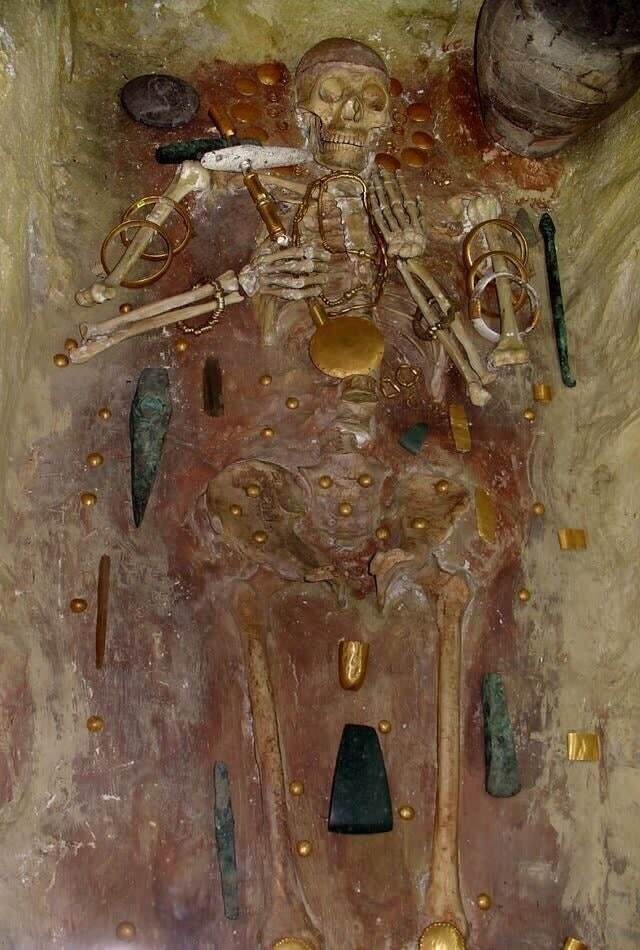
The very first sketches of the moon made by Galileo Galilei after observing it through a telescope in 1609 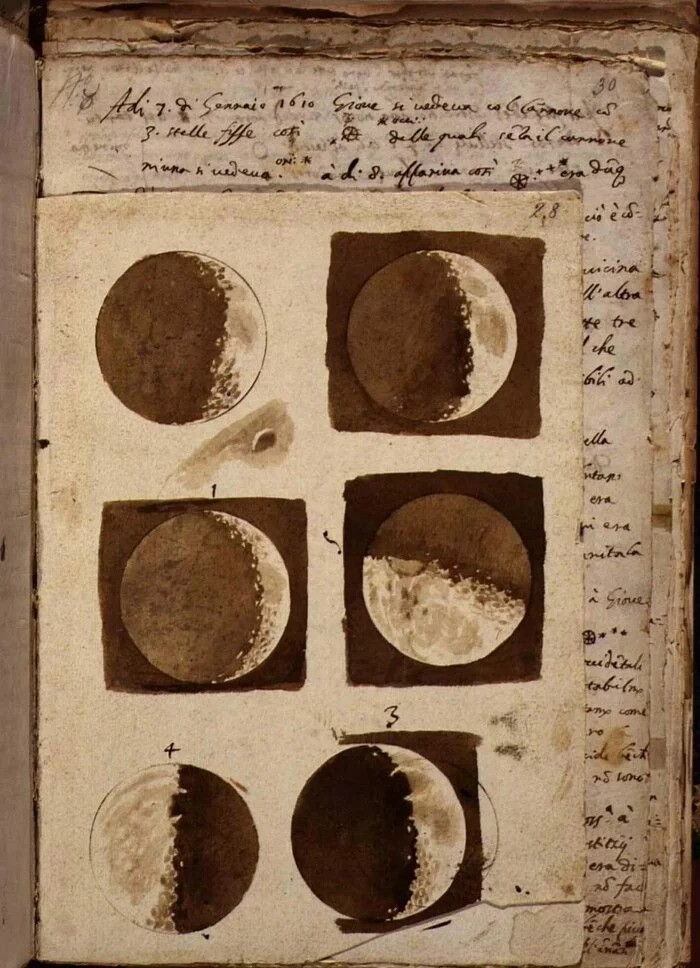
The Whydah Gally was used to transport slaves from Africa. In March 1717 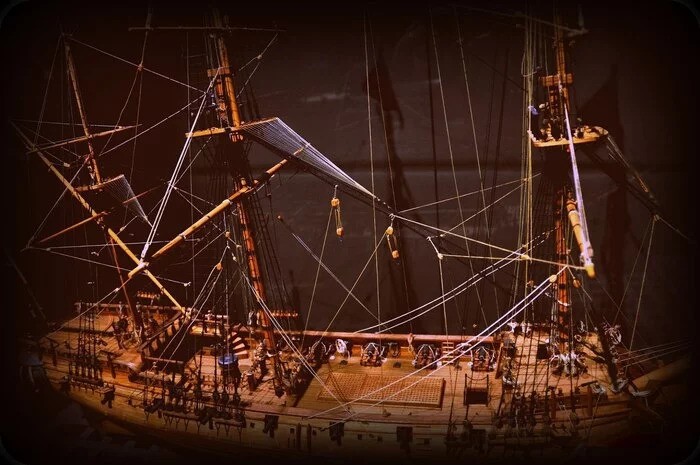
the ship was captured without firing a shot by Black Sam, who spared Ouida's crew, transferred them to his former ship and let them go in peace. Further, the pirates operated along the east coast of both Americas. Before Uidu was thrown into the shallows and the ship capsized. From the team only two survived - Thomas Davis, 23, who was acquitted at trial, so how he swore he was forced to be a pirate. And John Julian, whom sold back into slavery.
Among the crew was the youngest pirate in history - John King, he was 10 or 11 years old. He worked as a gunpowder carrier.
The remains of Ouida were discovered in 1982 and she was the first to be found. authentically pirate ship. Coins found on the ship: reals and pesos, gold and other valuables. Only 4.5 tons of treasures. 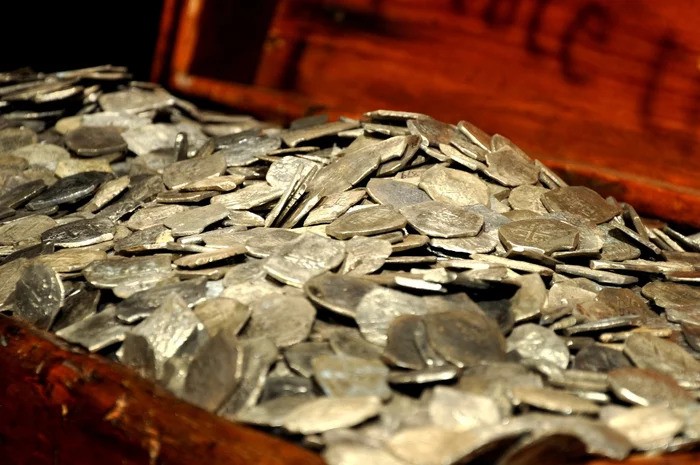

Spear from Clacton (UK). The oldest wood product in the world. 400,000 (four hundred thousand) (16 000 generations) years ago 
The best preserved segmentata lorica found to date. On the left, of course - reconstruction 
A bull-headed lyre from the tomb of Puabi in Mesopotamia. Considered to be the oldest stringed instrument found to date. 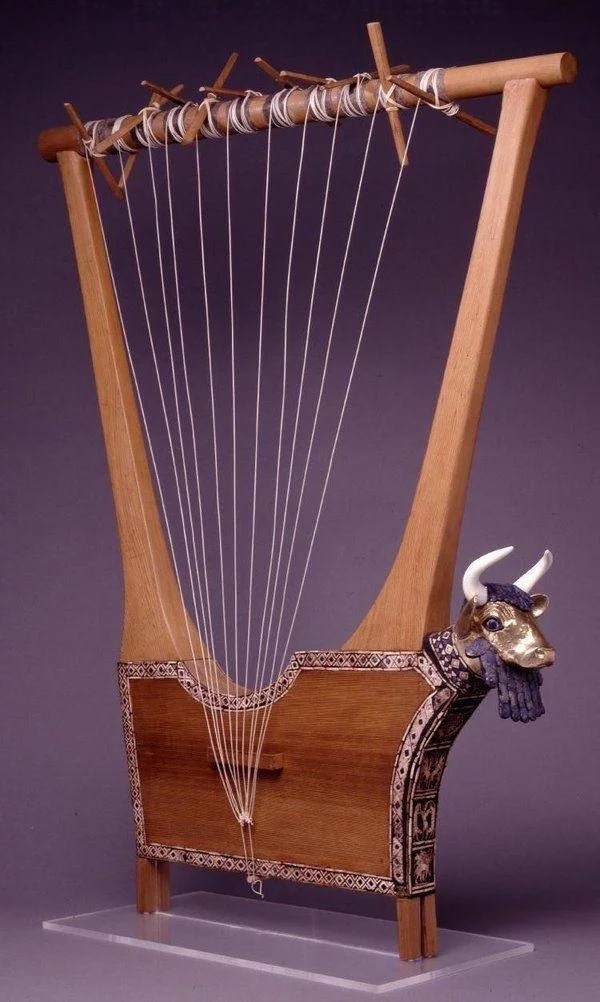
The oldest surviving chain mail from Northern Europe. Chain mail consisting of 20,000 rings ended up in a swamp 18 centuries ago. Most likely, it was a ritual offering to the gods after the battle. 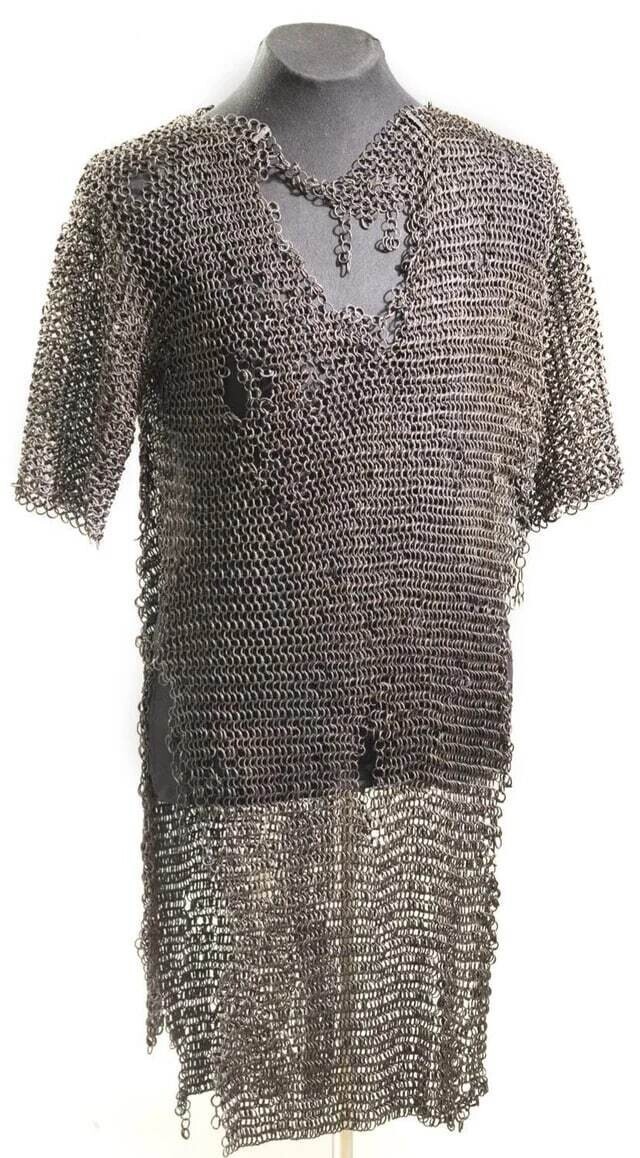
The Lycurgus Cup, created in the 4th century, is deservedly the most an impressive surviving example of Roman glassblowing. Cup changes color depending on the lighting. Left - view of the cup flash, right - under normal lighting 